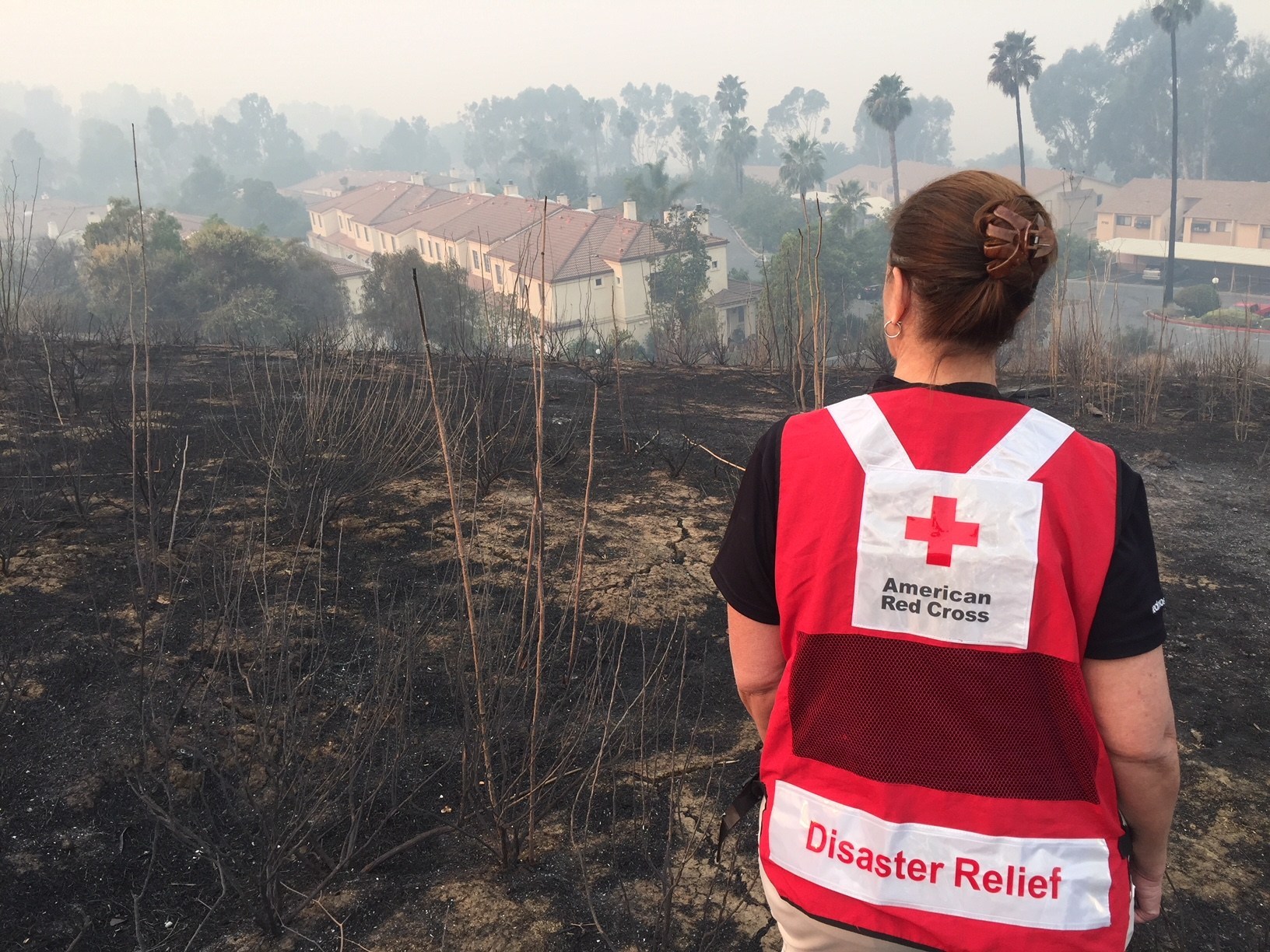ISD Climate Initiative: Anticipatory Action
Preparing Communities with Anticipatory Actions
Through the Climate Initiative, ISD (International Services Department) supports National Societies to take actions and reduce the impacts of potential disasters and imminent hazards before they strike.
Rationale
As the climate disasters increase in frequency and intensity, the concept of Anticipatory Action, which refers to interventions prior to a disaster or crisis that prevent and/or reduce potential harmful impacts, is of paramount importance. Studies show that taking an anticipatory approach to humanitarian action saves lives, preserves livelihoods, and reduces human suffering. It is a quicker, more cost-effective, and dignified way to support people and communities.
Anticipatory Action sits in the critical window between preparedness and response efforts. It does not replace long-term disaster risk management or resilience programming, but by providing resources and support during the critical window just before the onset of a crisis, American Red Cross can significantly reduce scale of response efforts and impact after disaster strikes.
Anticipation work
American Red Cross recognizes Anticipatory Action as the much-needed bridge between humanitarian and development programming, preserving development gains from being destroyed when disaster strikes. Therefore, ISD assists National Society partners in building AA efforts by providing resources and guidance for communities to enact targeted action when an imminent threat is identified.
Anticipatory Action Interventions are enabled by three core components:
- Forecasting/Trigger systems
- Pre-agreed action plans
- Pre-arranged financing
The information below highlights some of these AA interventions

Early Warning Early Action Grants
IFRC Early Action Protocol (EAP) Activation Review


Anticipatory CVA (Cash Voucher Assistance)
Anticipation Resources
Anticipation Strategy Overview
ISD has developed an Anticipation Strategy Overview, highlighting American Red Cross' approach to supporting the mainstreaming of Anticipatory Action for RCRC National Societies. The strategy overview details ISD's focus on interpretable forecasting models, diversified anticipation funding streams, increased reach of anticipation interventions, and building evidence on the impact of anticipatory actions.
Anticipation Readiness Index
American Red Cross ISD developed a first-of-its-kind tool to help National Societies measure and track their Anticipatory Action capacity over time. This index has now been baselined in 80% of ISD's Priority and Climate countries with significant positive feedback. The findings will serve as critical roadmap for further support and resourcing in these countries.
Pre-Financing Anticipatory Action Guide
This Practical Guide for National Societies explores pre-financing anticipatory measures. As this was the number one challenge outlined in the IFRC EAP Activation Review, the guide seeks to address this prominent issue. American Red Cross ISD created detailed guidance to assist National Societies with identifying solutions to delays in the receipt of donor funding during the anticipation intervention window.
The Annexes provide more detailed information and are included in the above link, for the Guide Annexes only, click here.
Financial Instrument Guide
This National Society financial instruments guide builds on the structure and logic of the Disaster Risk Finance – A Toolkit (May 2019), commissioned by GIZ ACRI+ and developed by Risk Management Solutions and Pengwern Associates. While the original toolkit covers disaster risk finance across the full disaster management cycle --excluding Anticipatory Action, this guide focuses specifically on the Anticipatory Action window and the unique needs of a National Society.
Bangladesh AA Case Study
Over the past decade, Bangladesh Red Crescent Society (BDRCS) has developed several early action activities for floods, cyclones, and heatwaves. Completed in 2024, this Case Study analyzes the pre-financing solutions BDRCS has implemented for the multiple instances when imminent tropical cyclone hazards were forecasted and thus anticipation actions were executed.

